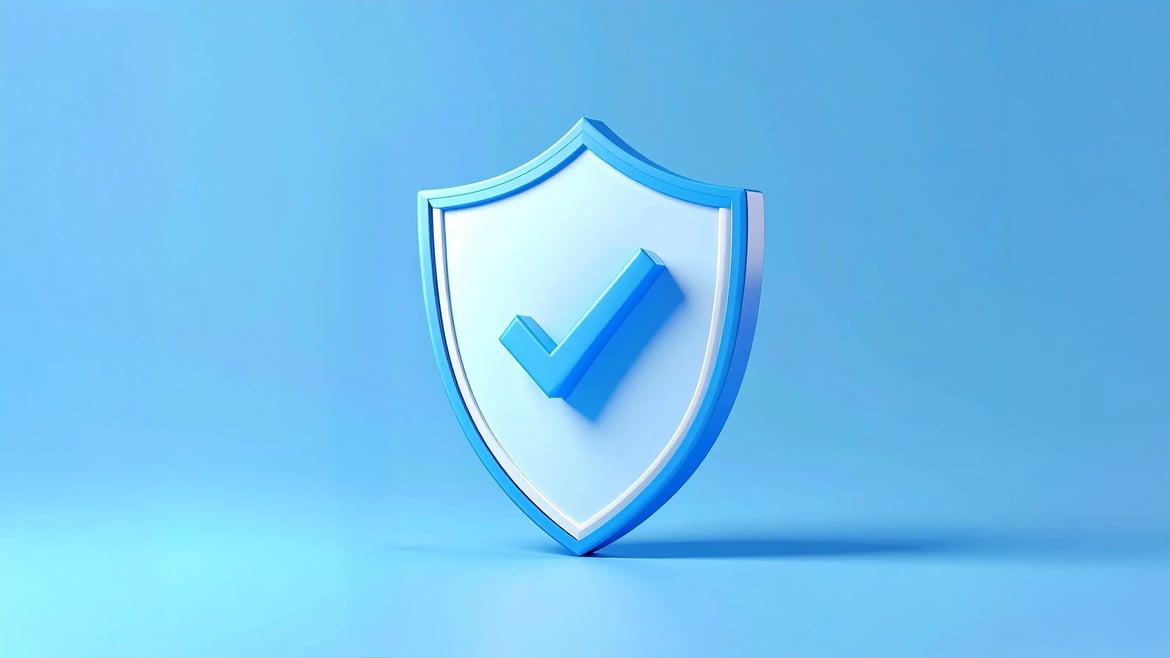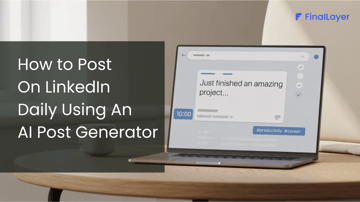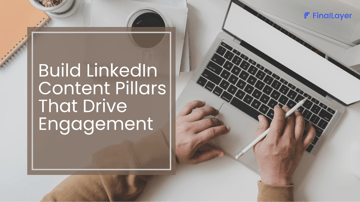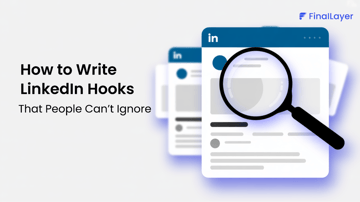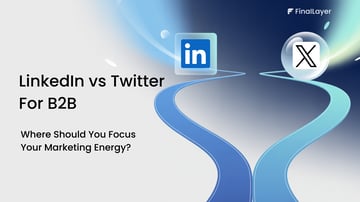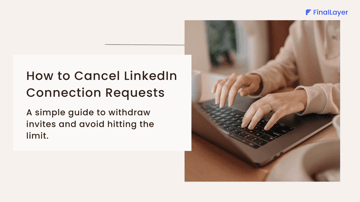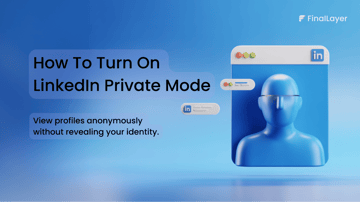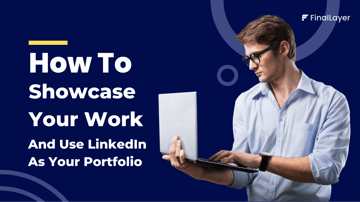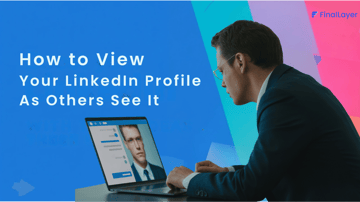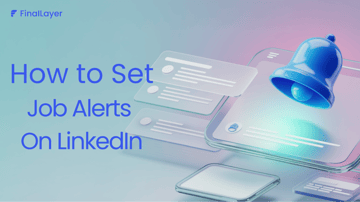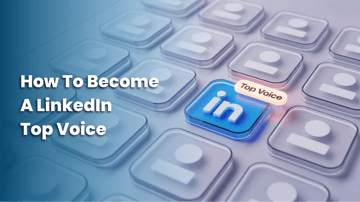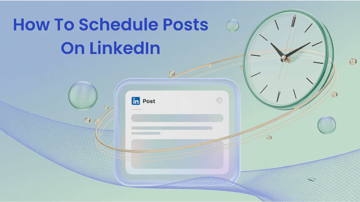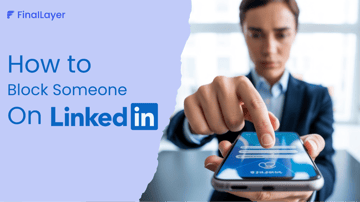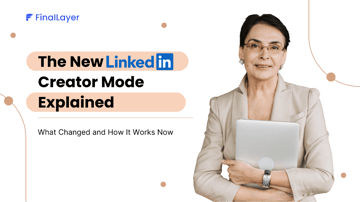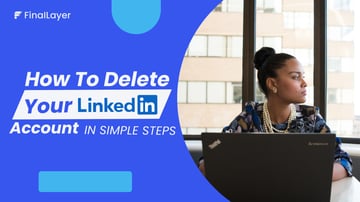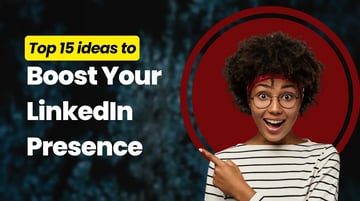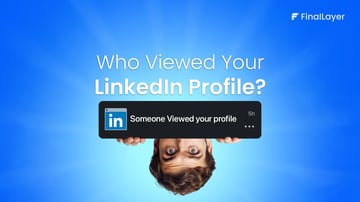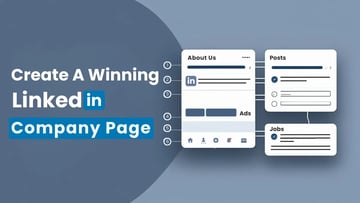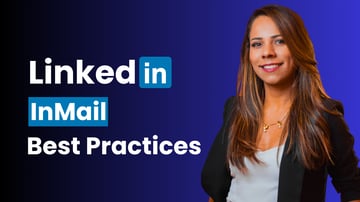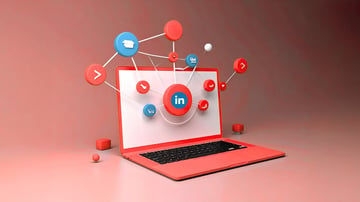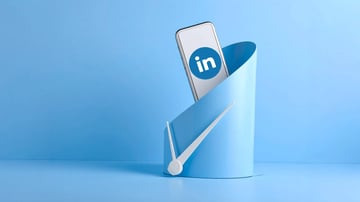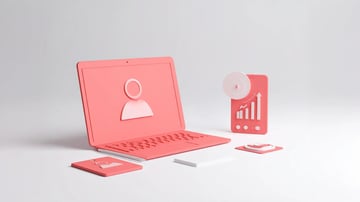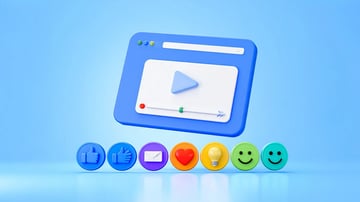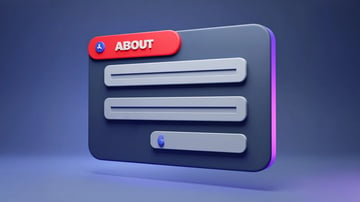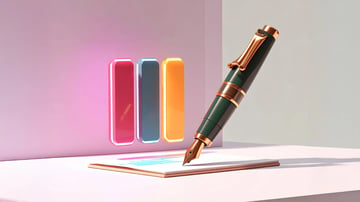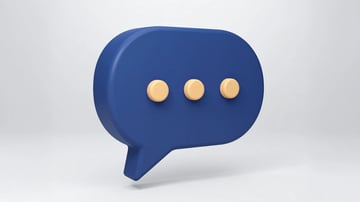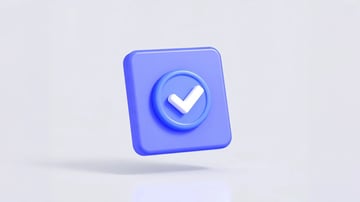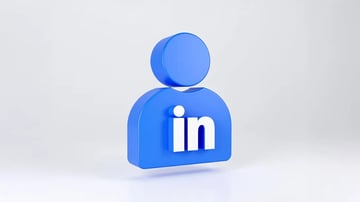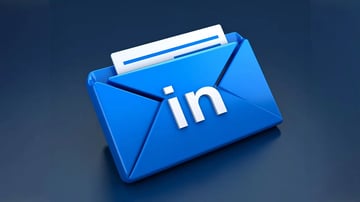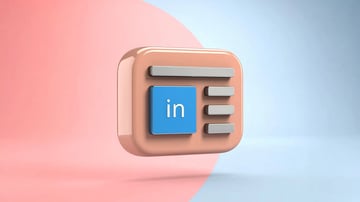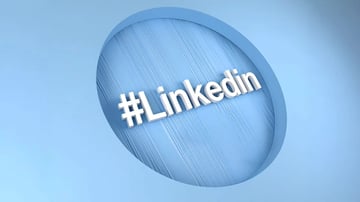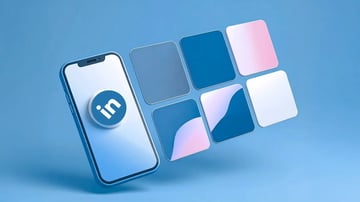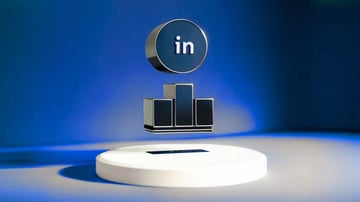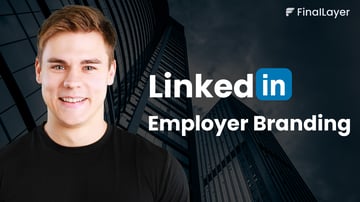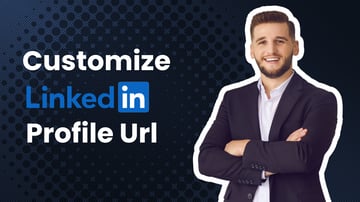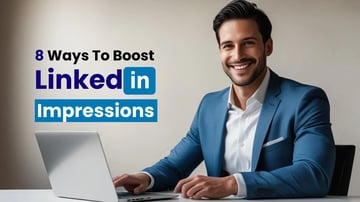In today's competitive professional landscape, that small verification badge speaks volumes. It tells recruiters you're genuine, signals to clients you're trustworthy, and positions you as a serious professional in your industry.
Whether you're networking in Mumbai or Manhattan, the verification process follows distinct pathways designed for your region. In this guide I’m going to reveals the insider steps to securing the verification badge, so that your profile can gain more visibility. Furthermore it will also help in boosting your professional credibility.
So, be ready to elevate your professional presence. Let's unlock the step-by-step verification secrets that will set your profile apart from the millions of unverified connections competing for the same opportunities.
Why verify your LinkedIn account?
Before we get into how to verify your LinkedIn account, let's talk about why it matters.
1. Better visibility
As we know every platform have it’s own standard algorithm so as LinkedIn's search algorithm. LinkedIn search algorithm prioritizes verified profiles, meaning you'll appear higher in search results when recruiters, clients, or partners are looking for professionals with your skillset.
2. Build trust
When your profile shows a verification badge, it instantly tells recruiters you're the real deal. They naturally drawn to verified profiles and typically spend more time reviewing them. This leads directly to higher-quality connection requests and more job interview opportunities for you. Thus, having this simple verification can give you a meaningful edge over other candidates.
3. Identity Protection
Getting your LinkedIn account verified creates a strong shield against identity theft. When someone sees that verification badge on your profile, they know it's really you. This stops scammers from making fake accounts with your name and photo, something that's happening more and more as online fraud gets more advanced. With verification in place, you protect both your professional reputation and your network from imposters trying to exploit your hard-earned credibility.
LinkedIn verification methods
1. Work Email verification
This verifies where you work by confirming that you have an email address connected to that business. You can follow the steps to verify yourself with your work email.
1. Log in to your LinkedIn profile. Click on the three dots on your profile. Tap "About this profile" and Select "Verify" under verifications.
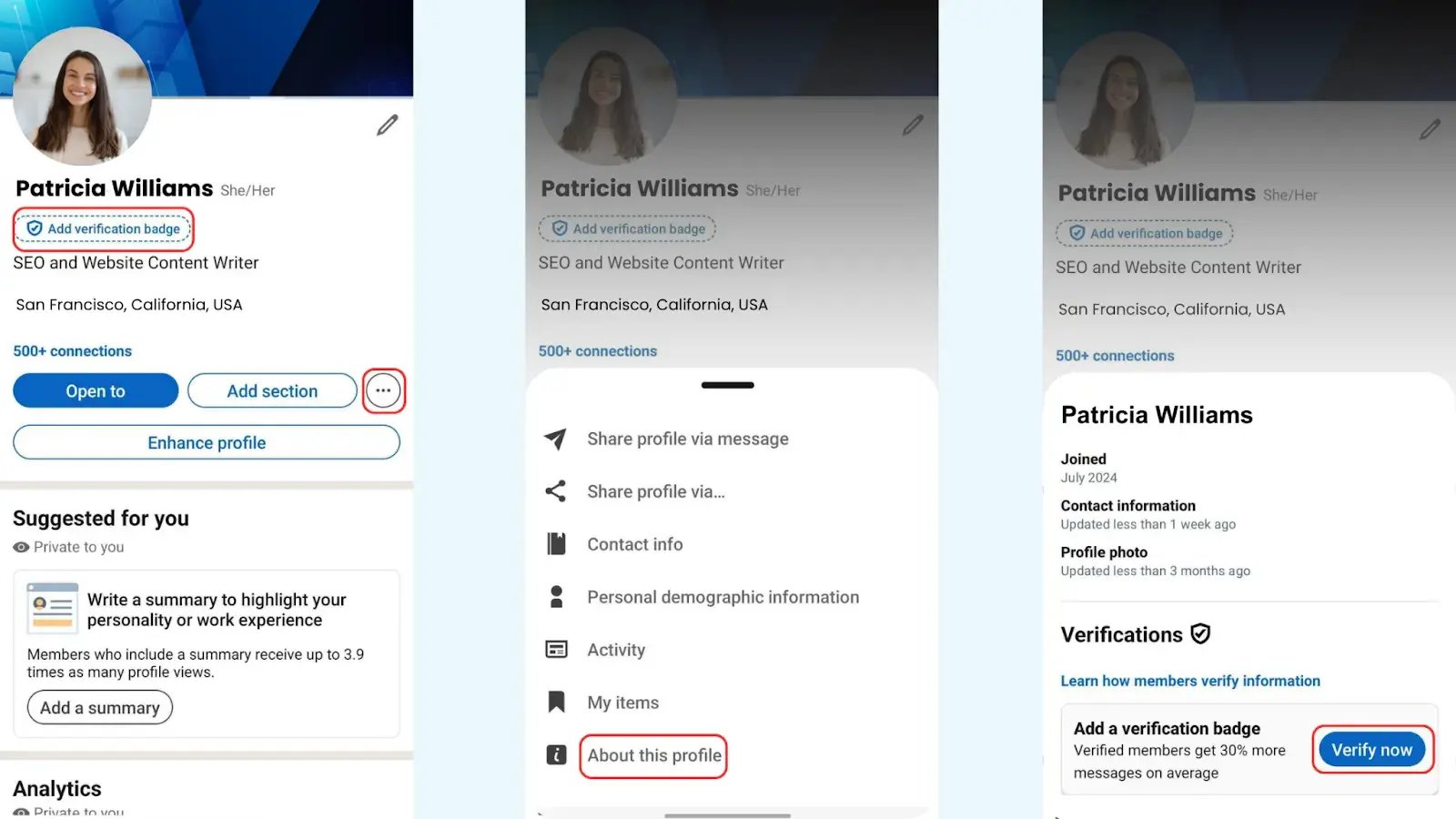
2. Select verify with workspace. Add your work email. You will receive a verification code to your workplace email.
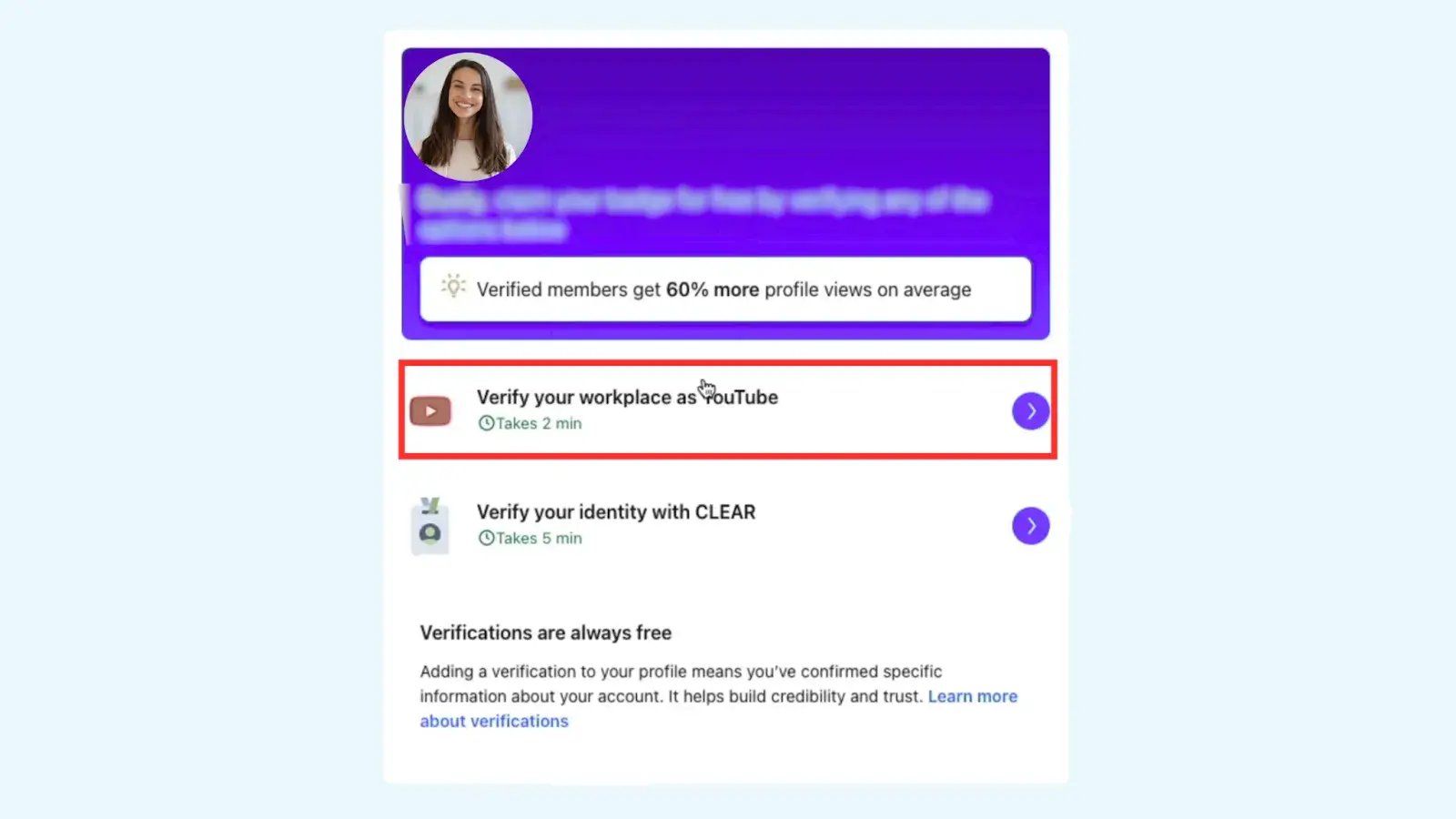
3. Input the code back on LinkedIn, and you are verified with the workplace.
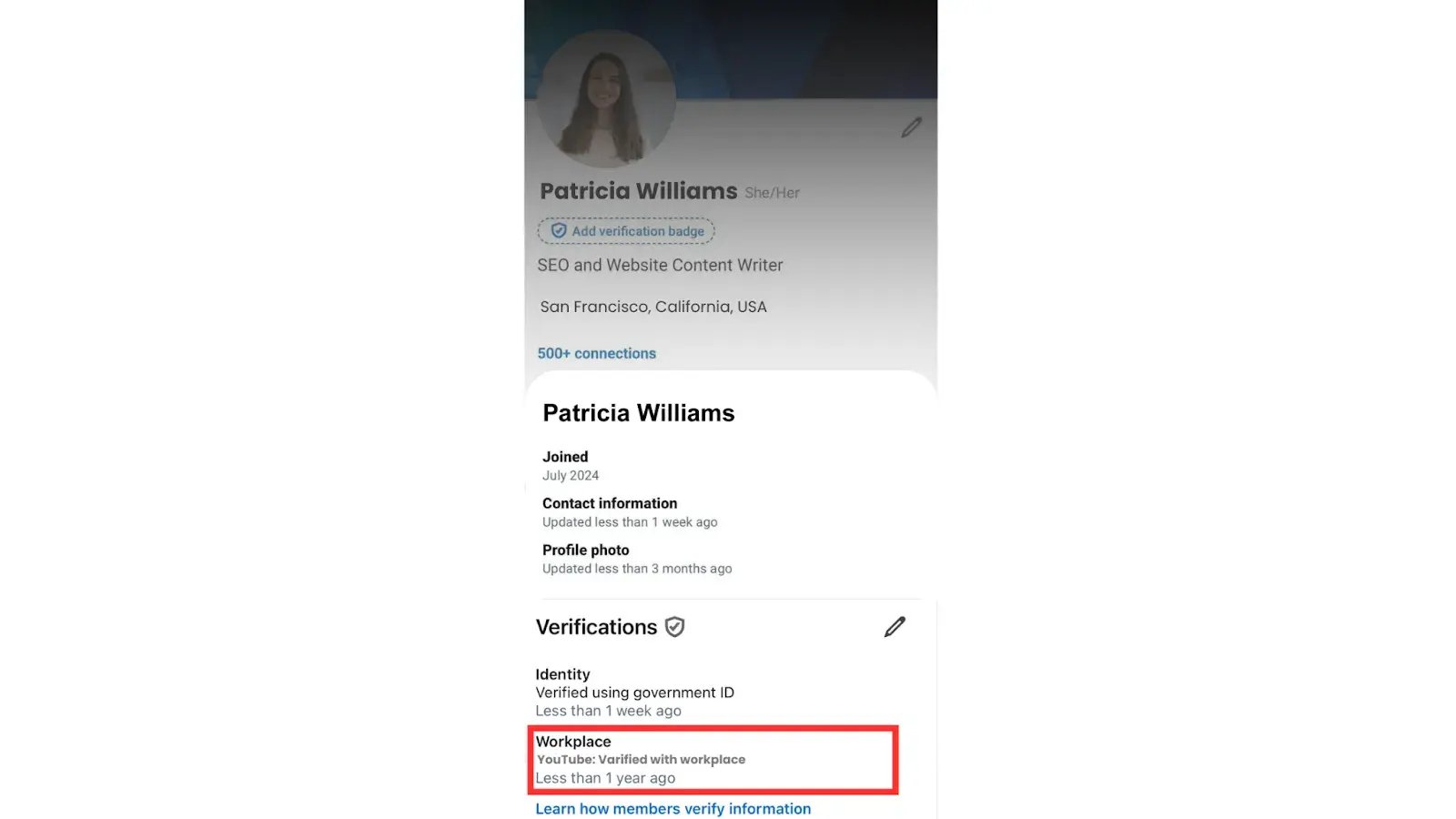
2. Identity verification with CLEAR (for US, Canada, or Mexico)
This is how you get the check mark on your profile:
1. On your profile, either click on the "Verify now" button next to your profile name, or click the three dots (...)button, then "About this profile". Click "Verify now" to see verification options.

2. Select "Verify your identity with Clear".
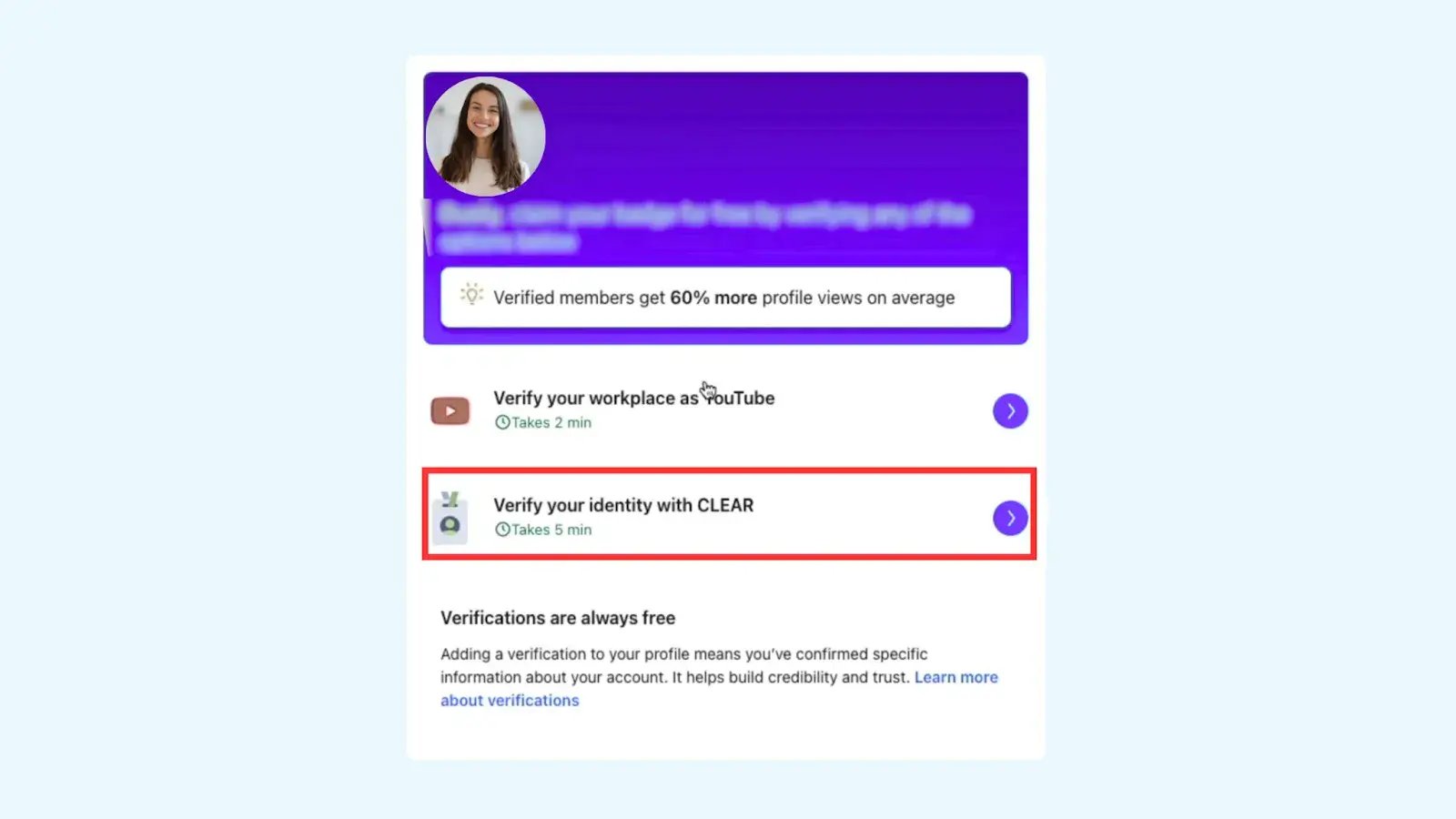
3. Scan the QR code by using your mobile device.
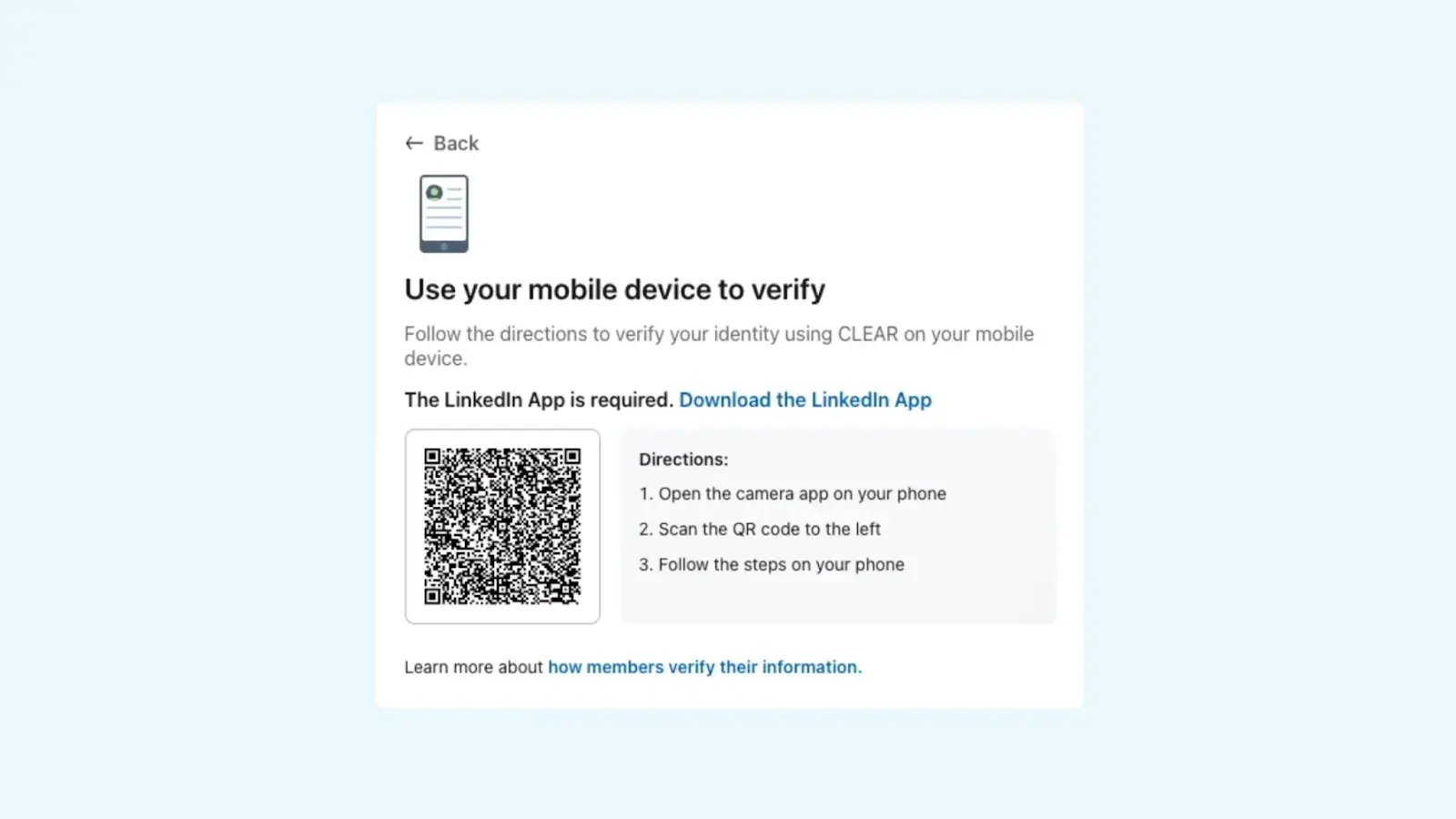
4. Open the LinkedIn app when prompted. Tap "Verify with Clear" button. Add your phone number and enter the code sent to you.
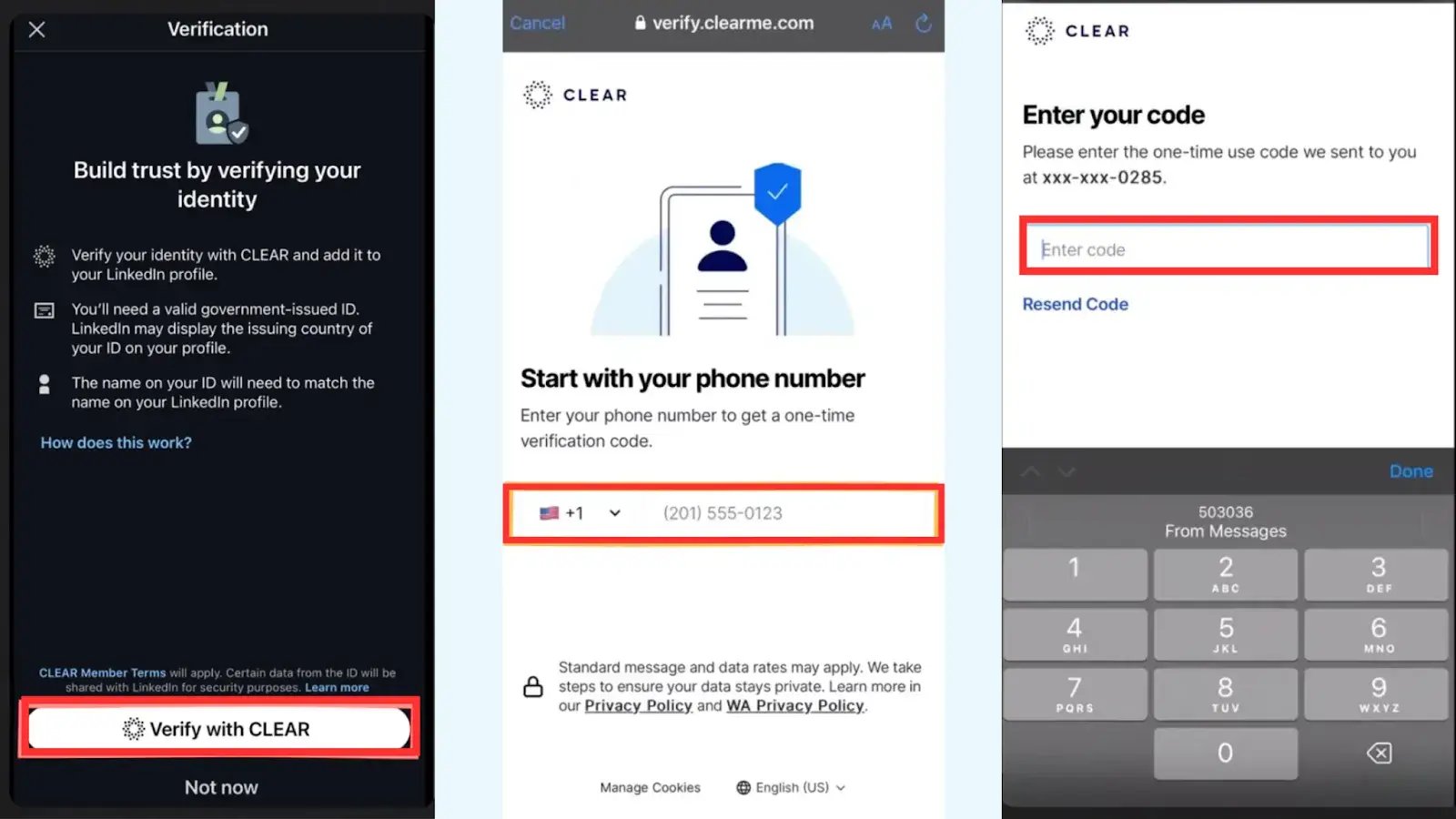
5. Take a selfie (allow camera access). Choose and scan either your government ID card or passport.
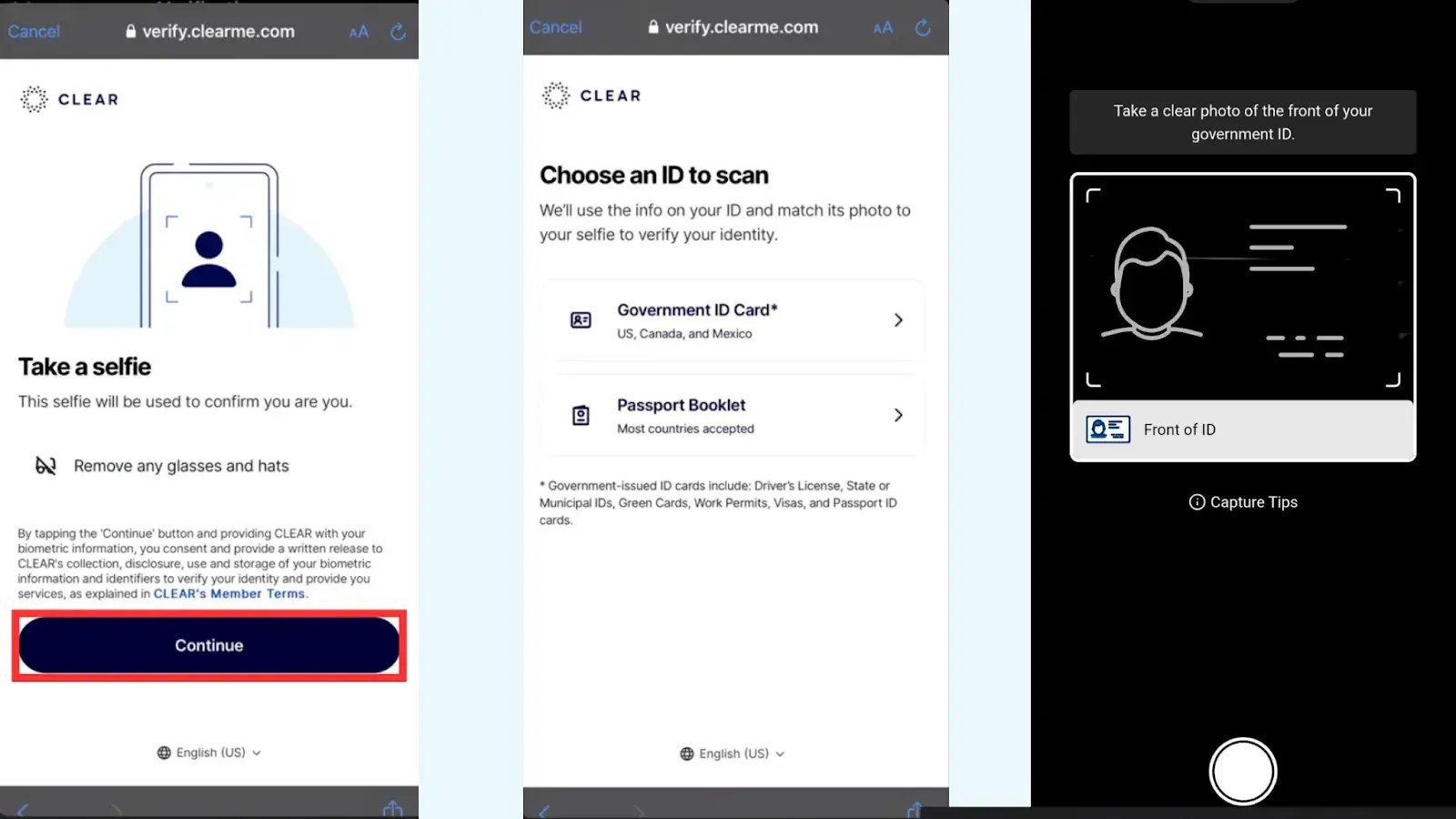
6. Click "Send to LinkedIn". You'll see "Verification successfully added to your profile".
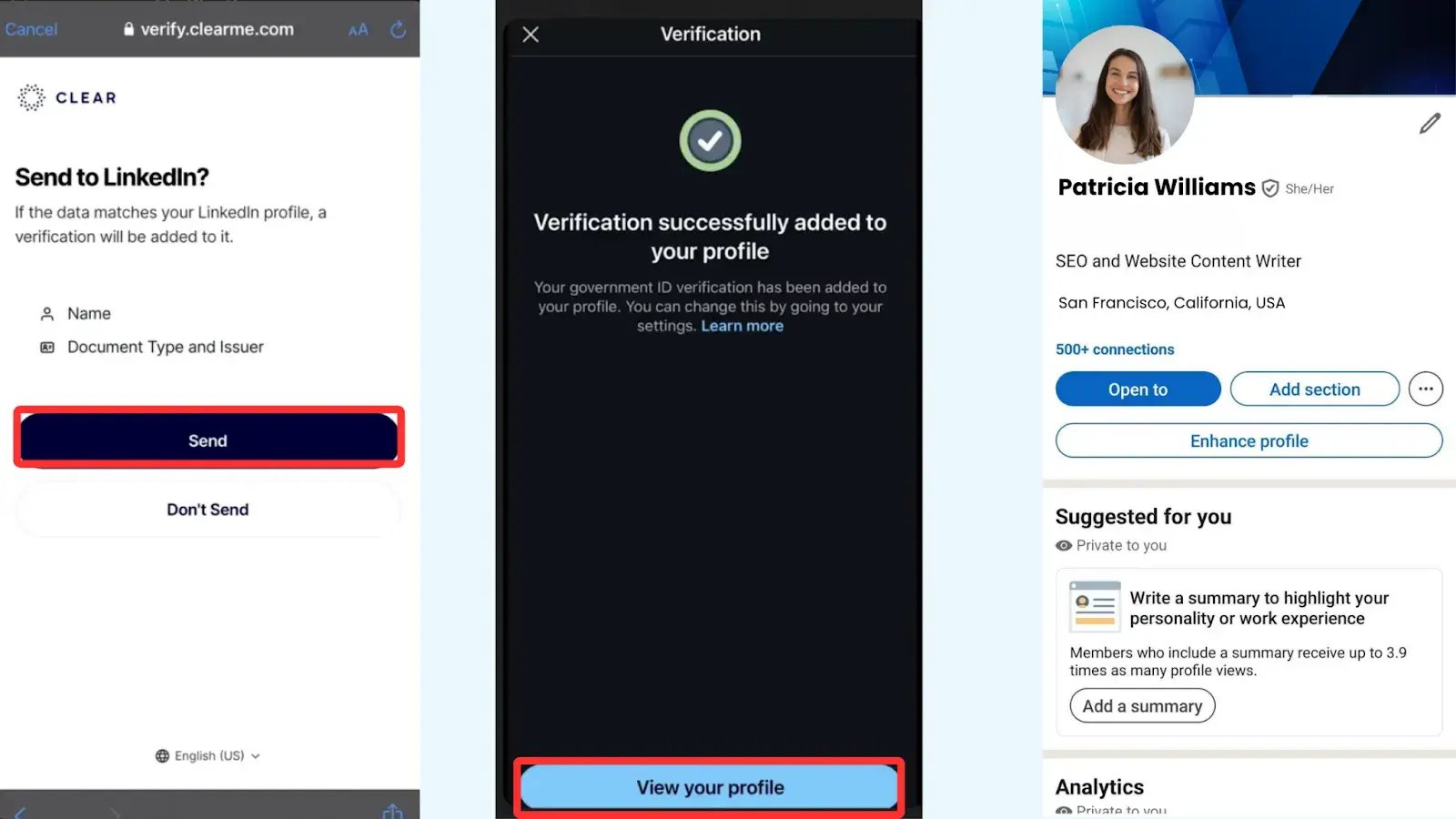
3. Identity verification with Persona (for 60+ countries outside North America)
1. Click on "Verify your identity".

2. Agree to Persona's terms and conditions.
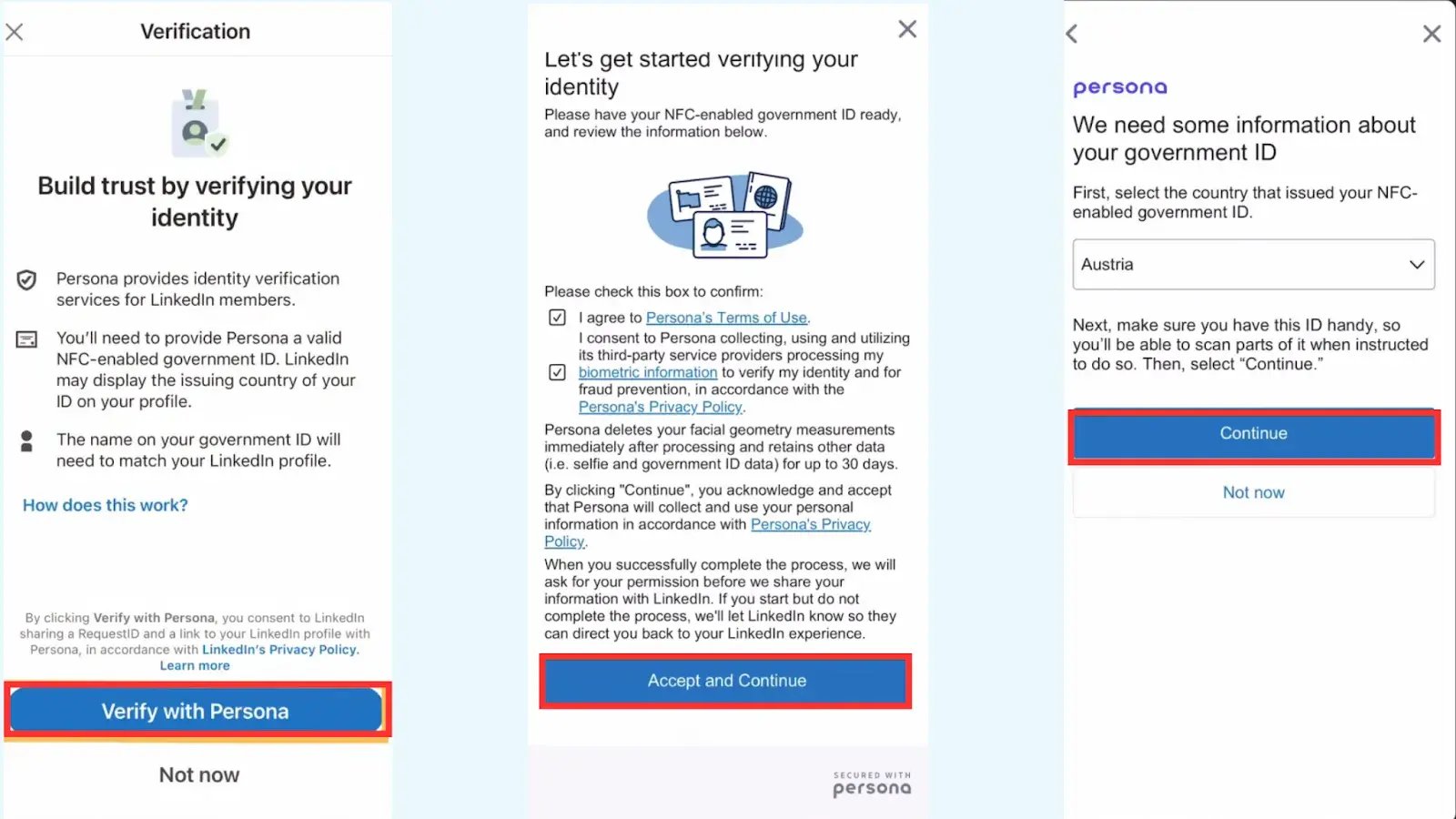
3. Take a photo of your government-issued ID (usually passport). Scan the RFID chip in your passport with your phone (if your passport has the RFID symbol on the front cover).
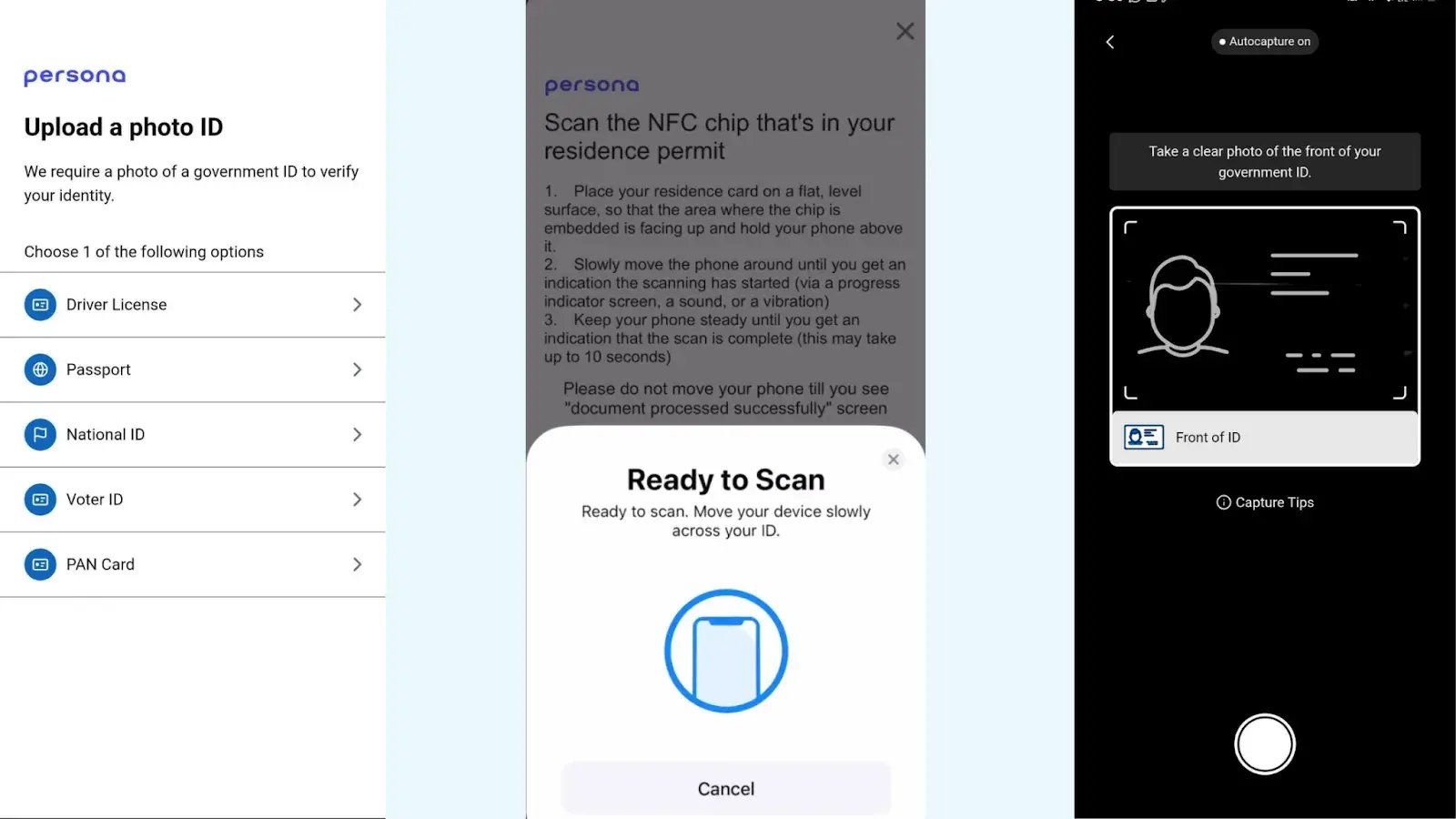
4. Take a selfie with your phone. Click "Yes, send". Your profile should now be verified with Persona.
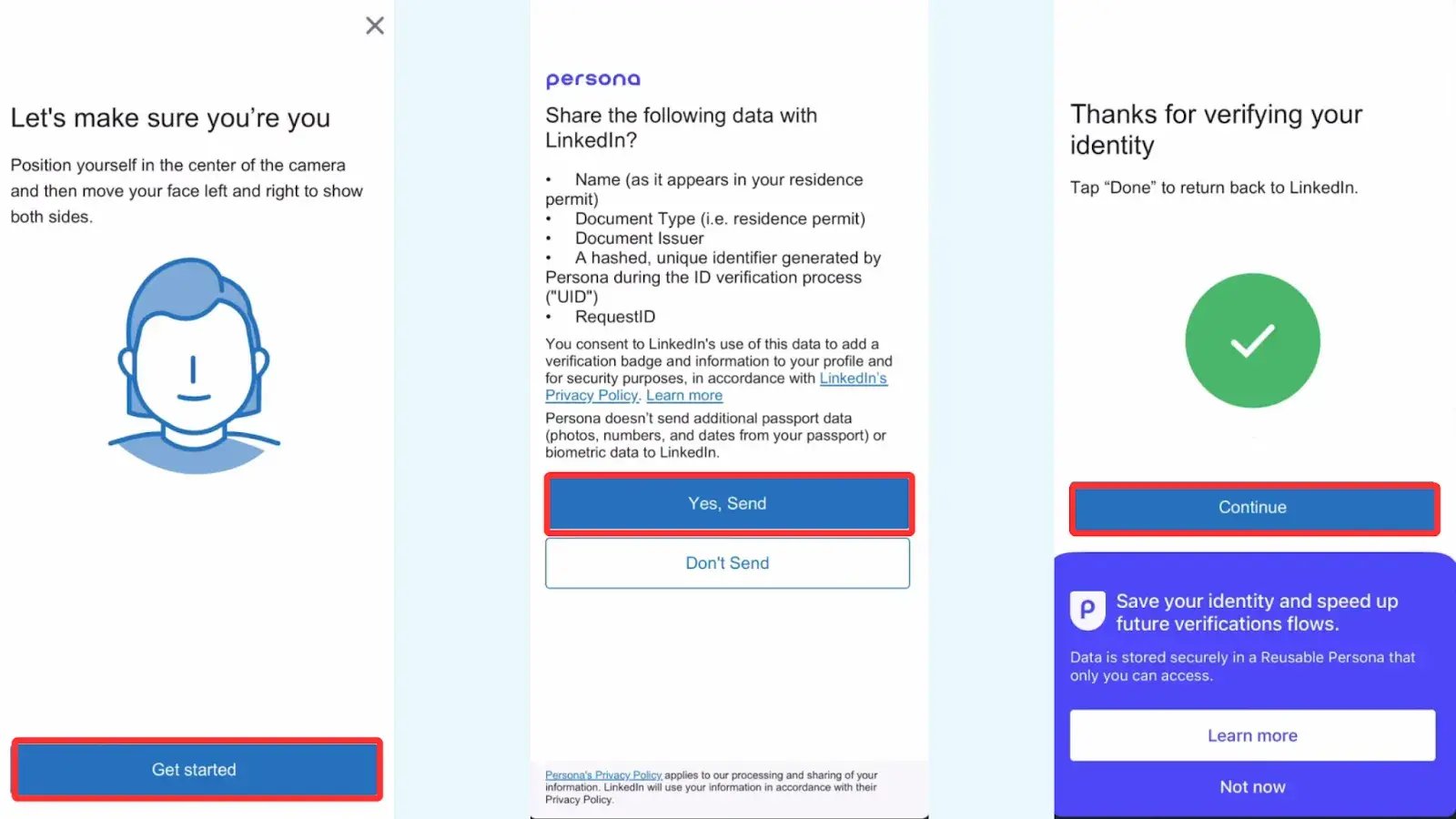
3. Identity verification with Digilocker( For India)
1. Click on “Add verification badge” and continue with “Verify with Digilocker”. Enter the required details.
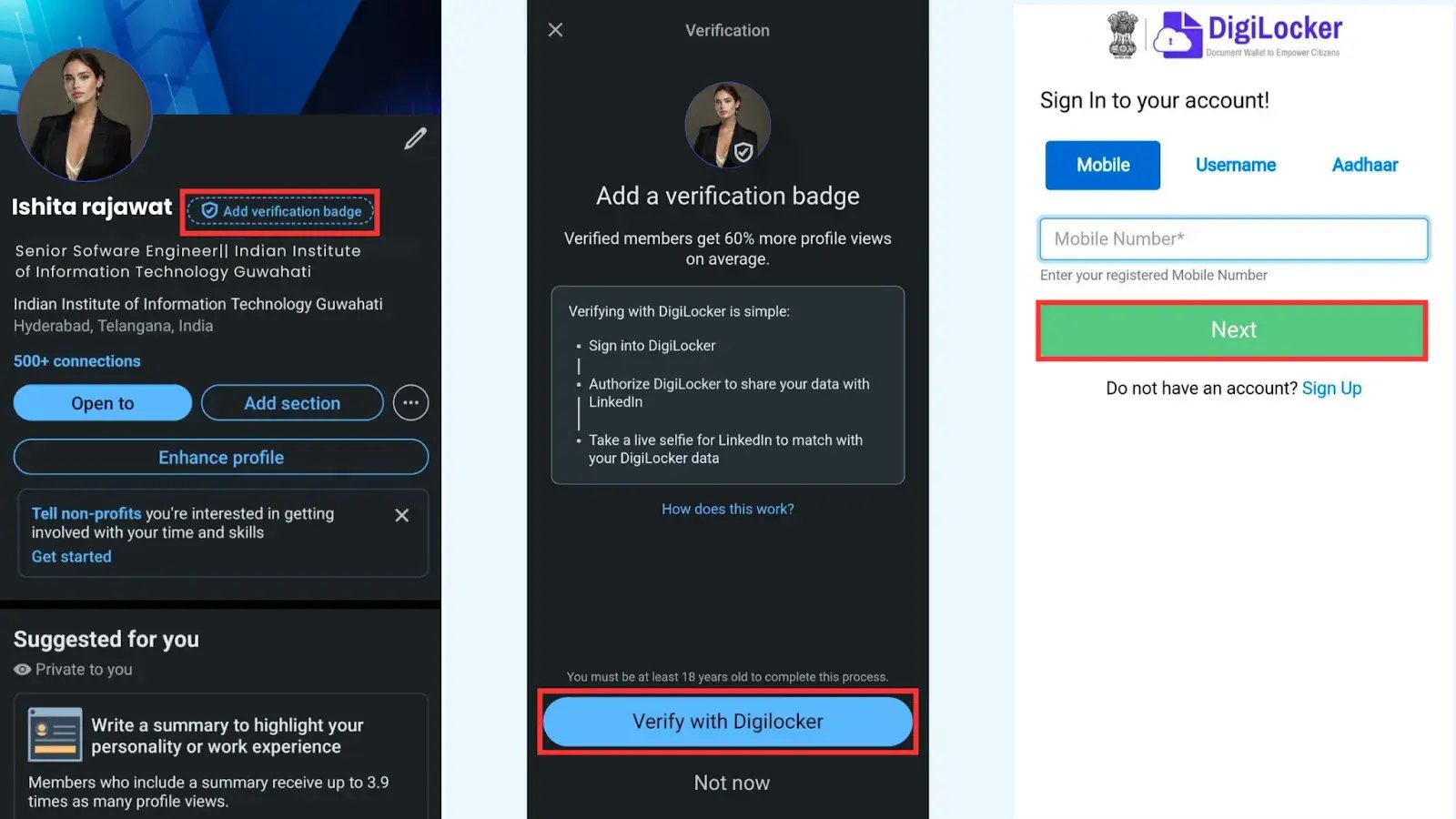
3. Enter the OTP. Click on allow and take live selfie.
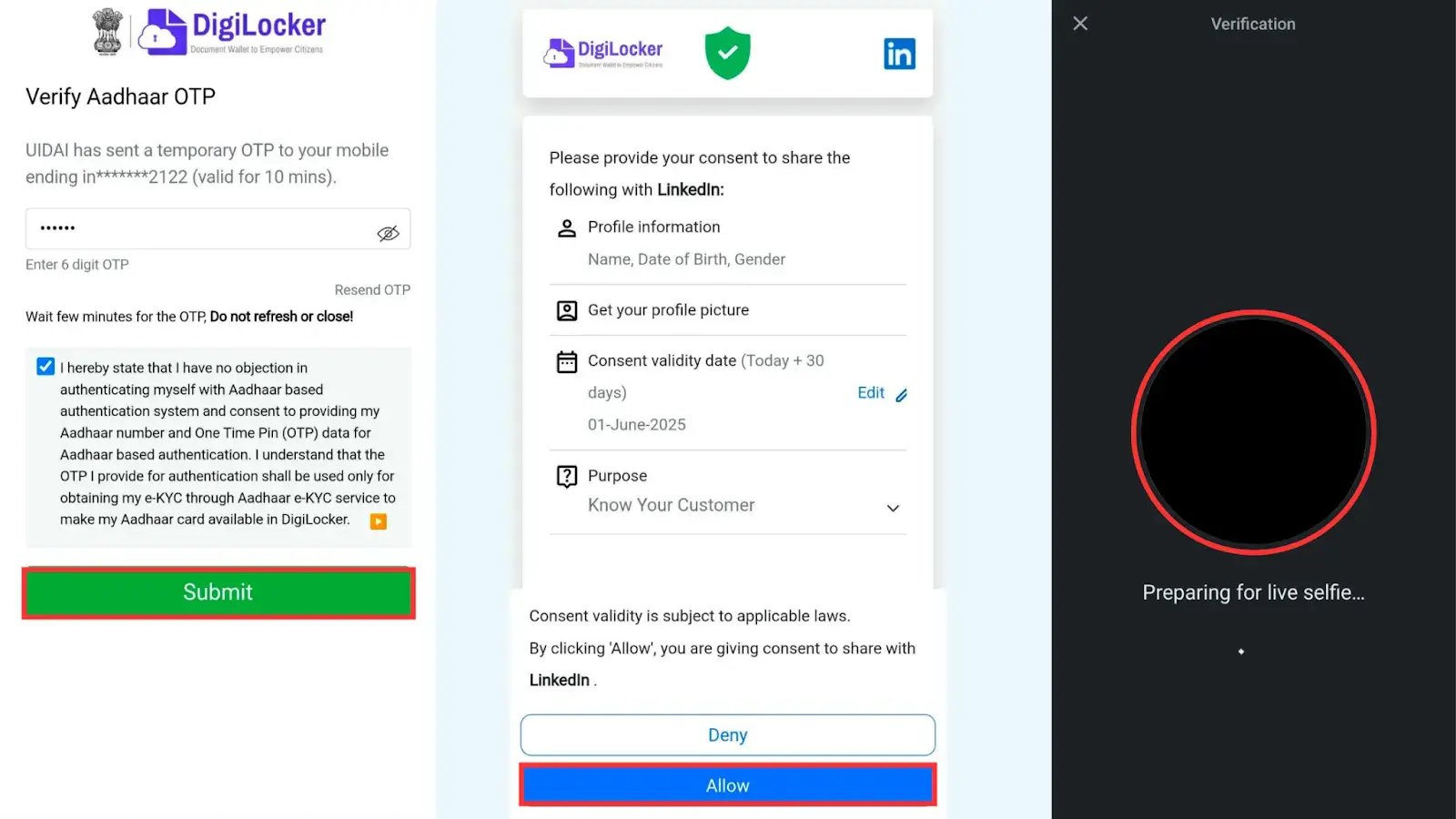
4. Successful verification is done. The verification badge will be displayed below your profile.
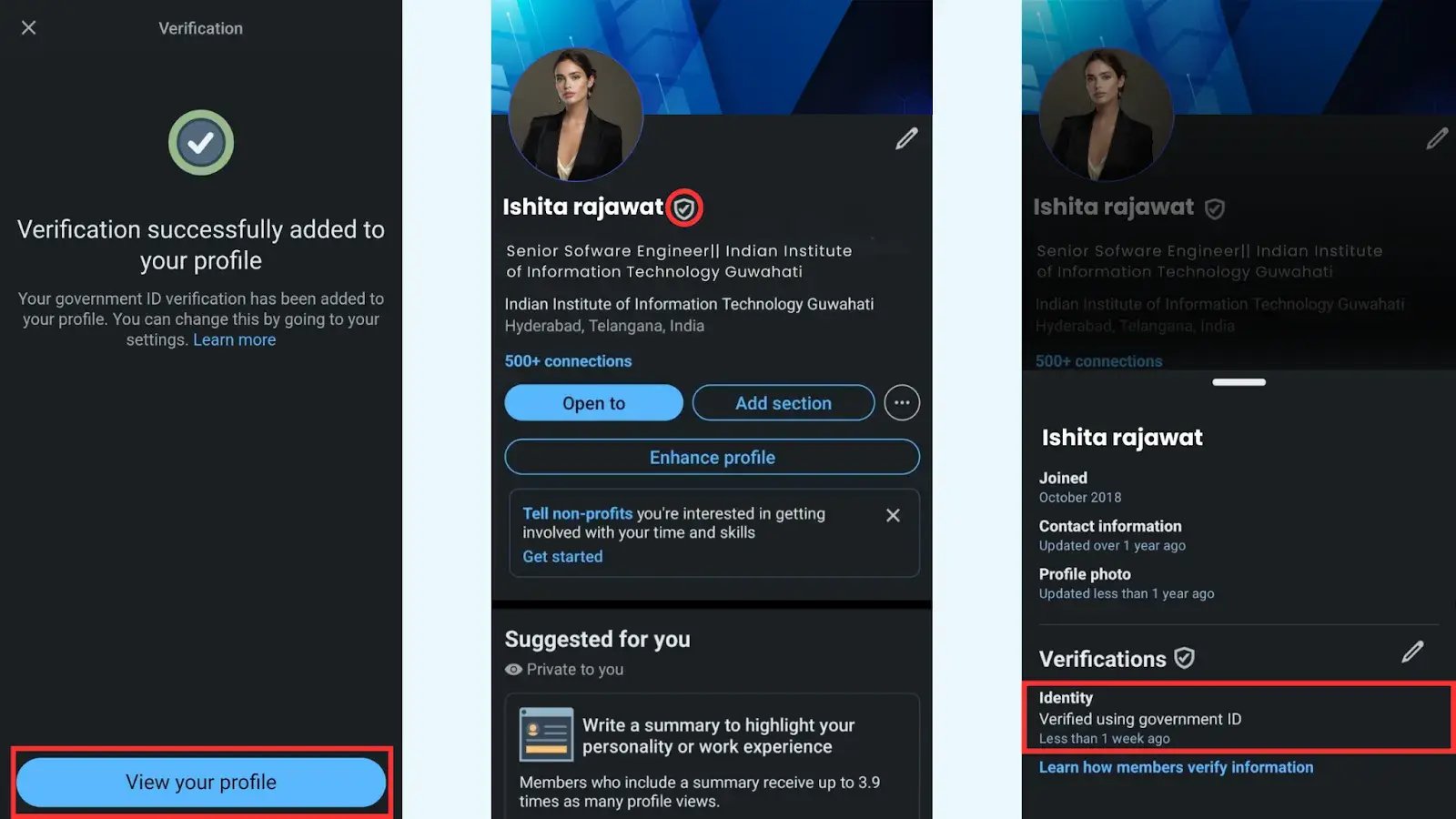
Final Thoughts
So far, we have gone through various methos to verifying your LinkedIn account. While the specific documents and platforms may differ among countries, the core process remains similar - confirm your identity through official channels to establish trust.
With your newly verified account, you'll enjoy improved visibility in search results and greater credibility with potential employers, clients, and connections. This small investment of time can make a substantial difference in your professional networking success.
